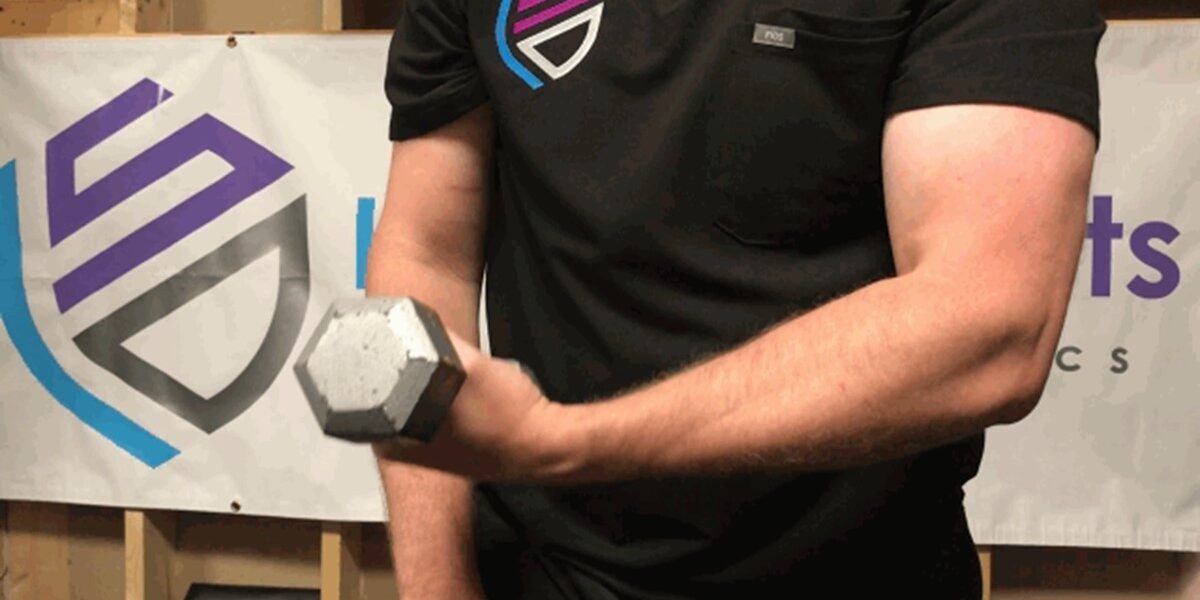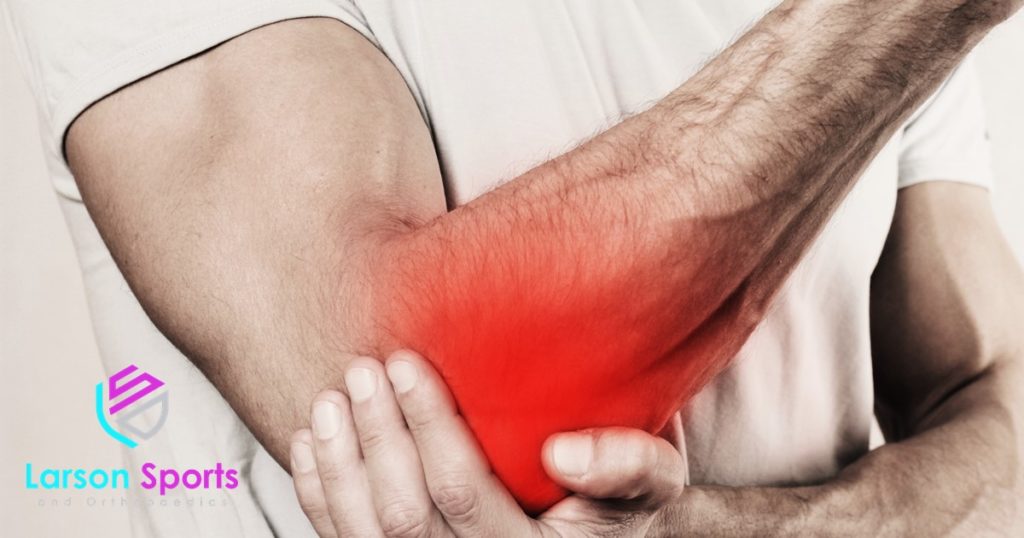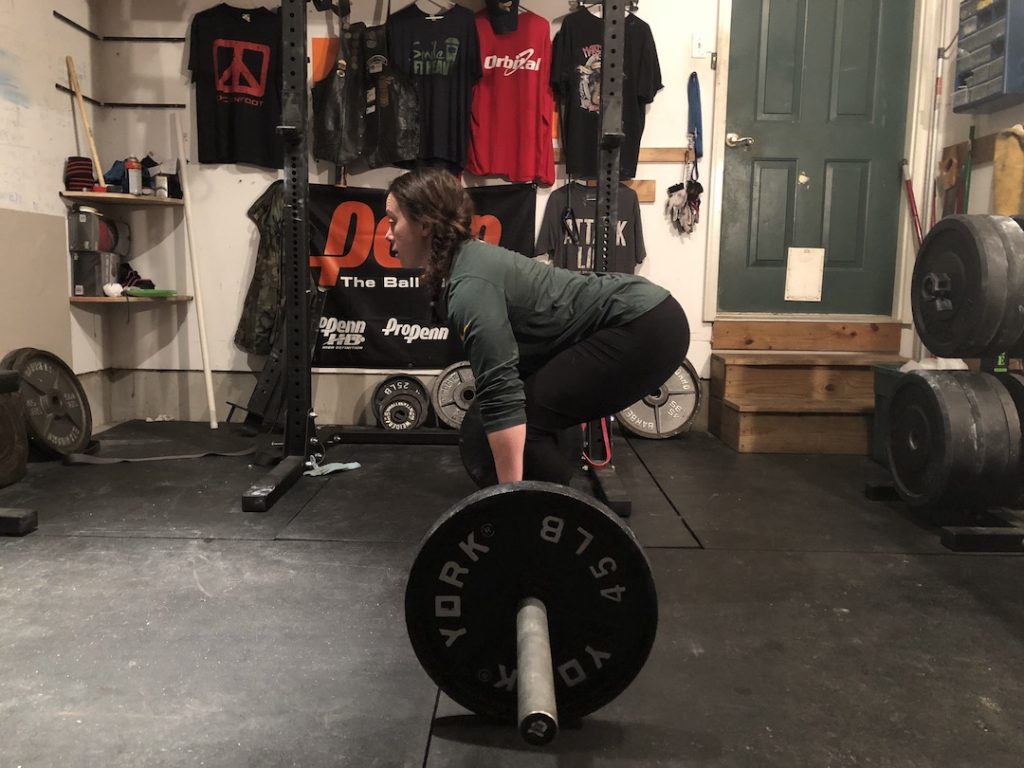Sun’s Out, Guns Out! Everyone likes to have nice, toned arms. And a key to that is some great looking biceps! But that takes a lot of work. And all those hammer curls and pull-ups can take a toll on the tendons of your arms. That’s why distal biceps tendinopathy is one of the most common causes of elbow pain in lifters and athletes.
If you have pain in the front of your elbow when lifting, in the little hollow, it could be distal biceps tendinopathy. But don’t worry; I’ll tell you what it is, how you probably got it, how to help get rid of it!
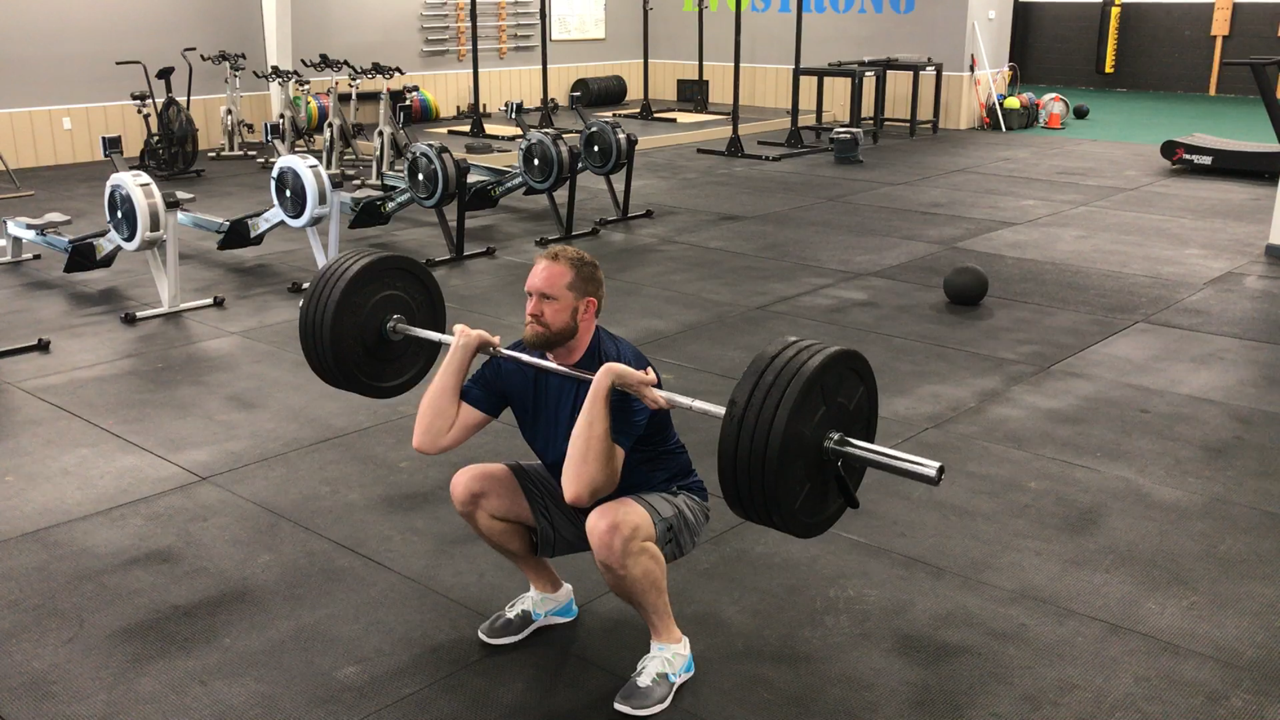
Dr. James Larson is an orthopedic surgeon specializing in sports medicine and arthroscopic surgery. He also holds a CF-L1 certificate and is a Certified BFR Specialist. He supports weight training and high-intensity exercise throughout the lifespan. He started LSO to keep more people moving better, longer.
Distal biceps tendinopathy can also be known as distal biceps tendinosis or distal biceps tendinitis.
Biceps Anatomy
The biceps brachii muscle is in the front of your arm. Even kids try to show off their biceps when they want to prove how strong they are! It starts as two separate tendons that attach to the shoulder blade, just above the socket of your shoulder.
It has two separate parts, or muscle bellies, which is where it gets the name – “bi” meaning “two”. These join into a single tendon that crosses the elbow and attaches to the radius, a bone in your forearm. That far end is called “distal” meaning “further down the limb” or “away from the trunk.”
Biceps Function
The biceps bends your elbow (flexion) and twists your forearm to turn your palm upward (supination). There are several muscles that help with both of these. But the biceps is a pretty important one. The biceps brachii also helps to move and stabilize the shoulder, although to a lesser degree.
Exercises that work your biceps include curls, reverse curls, rowing, pull-ups, rope climb, and Olympic lifts. Basically any action where you are pulling something toward you with your arms works the biceps.
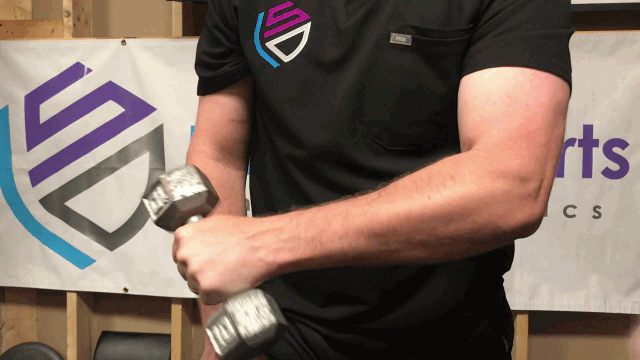
What Causes Biceps Tendinopathy?
The main cause of biceps tendonitis is simply overuse or over-training. Your muscles adapt to exercise by getting bigger and stronger. They have great blood flow and can repair damage from exercise quickly. But tendons aren’t so lucky.
Tendons connect muscles to bone, and they have less blood flow and a slower rate of healing. So over time, your tendons can accumulate a lot of damage while working out, eventually leading to problems.
Symptoms of Distal Biceps Tendinopathy
Tendinopathy of the biceps can be painless early on. But over time, it can cause pain, loss of strength, and difficulty flexing your elbow. This is localized to the hollow in the front of your elbow or sometimes just below there, in the forearm.
In some cases, tendinopathy can lead to partial tendon tears or complete tendon rupture. But biceps tendonitis is one of several possible causes of pain around the elbow. Be sure to check out sour complete post on the subject of elbow pain below.
Treatment of Distal Biceps Tendinopathy
Rest: The most important way to treat biceps tendinitis is to give your elbow a rest. If you have pain that starts as soon as you lift, or if it persists after you are done, it’s time to shut that muscle down. It’s a sign of overuse and your body is telling you that it needs a rest.
Heat and Ice: Ice can help reduce the pain, but heat is typically better to improve blood flow and help speed healing.
Anti-inflammatories: Ibuprofen or turmeric can help relieve the pain as well. But don’t use them to mask the pain while you keep working out. That’s only going to make the issue worse.
Mobilize: Chronic excess tension in your muscles from weight training can lead to damage over time. In the same manner, relieving this can help your body heal. Do something to help reduce tension in your biceps whether it’s foam rolling, muscle floss, or self-myofascial release.
Physical Therapy: Therapists can use methods such as ultrasound, dry needling, TENS, IASTM, and more to help relieve pain. They can also help you to correct any muscle imbalances or problems with your form to prevent recurrent injury.
Return to lifting: Take it slowly. Start at weight and rep ranges that are very light and work your way up. And it’s a great idea to do eccentric curls when you are rehabbing a distal biceps tendonitis. This focuses on a slowly letting the elbow relax from a curl, as seen below.
Prevention of Distal Biceps Tendinopathy
Improve Your Core Control: As I’ve discussed in other articles, core strength and control are extremely important in preventing extremity injuries. And this is no exception. That includes shoulder strength too. If you need a few new core exercises, check these ones out.
Add Eccentrics: Eccentric exercise actually lengthens your muscles and decreases the risk of tendinitis. Eccentrics are also able to promote healing of tendons and so I recommend sprinkling them throughout your regular workout routine.
Improve Your Form: Flaws in your lifting form can lead to significant distal biceps problems. This is seen particularly with deadlifts, pullups, and rowing. So be sure to check with your coach or trainer if you develop tendinitis of any kind.
Did I Tear My Biceps?
A biceps tendon rupture usually occurs when the tendon tears away from the forearm bones. This is usually felt as a “pop” or tearing sensation in the front of the elbow and usually really painful. Often, but not always, people feel:
- Cramps or spasms of the biceps
- Elbow swelling
- Bruising of the elbow and forearm
- Warmth
- Bulging, shortened appearance of the biceps
The elbow will usually continue to work after a biceps tendon rupture because there are other muscles that help with this motion. But it will feel weak and heavy. You’ll notice a hard time twisting doorknobs or using tools like wrenches and screwdrivers.
If you think you’ve torn your biceps tendon, you should see a surgeon right away! Surgery to reattach the tendon is usually necessary and it’s best to do so within two weeks.

